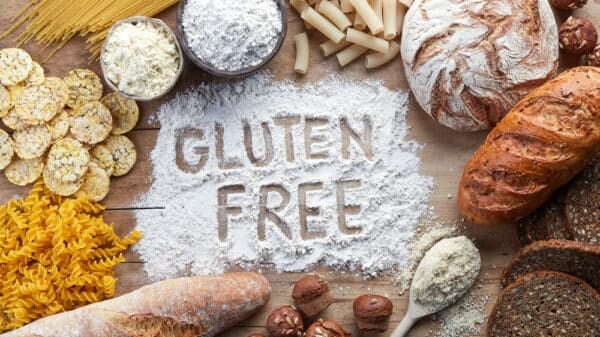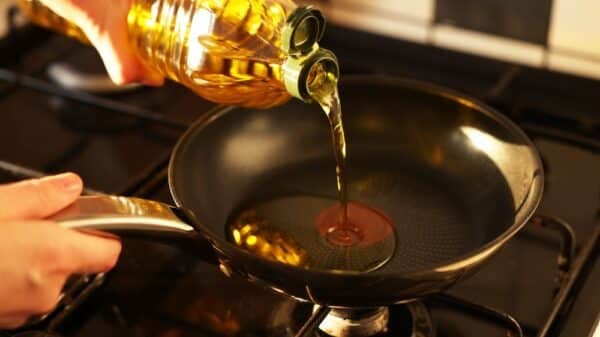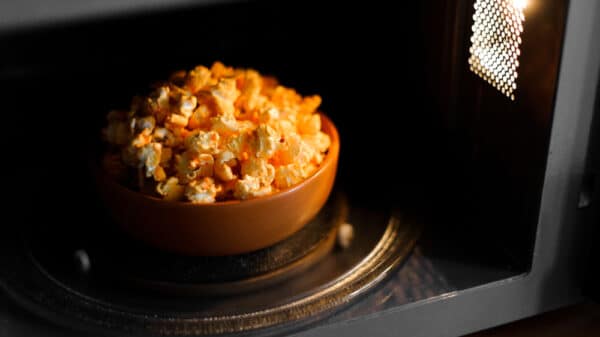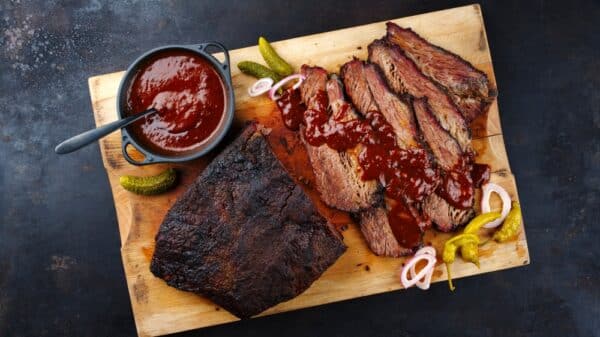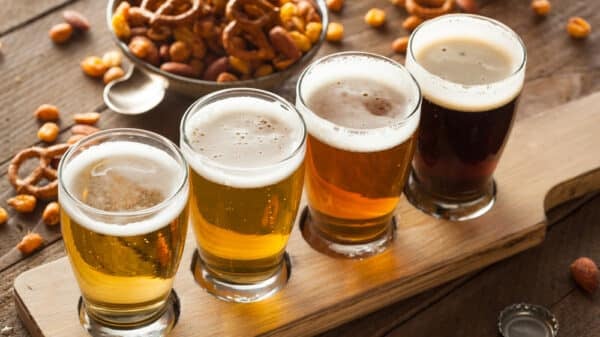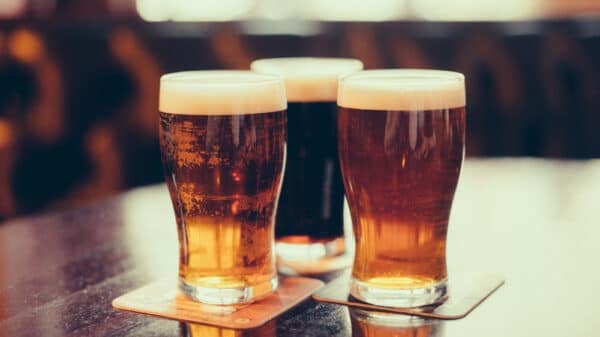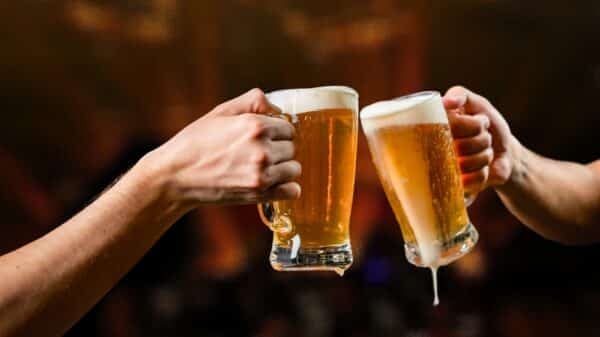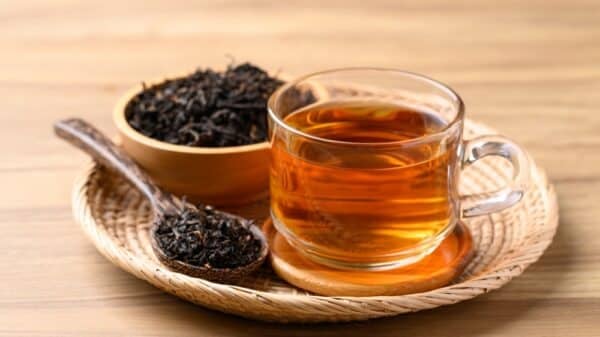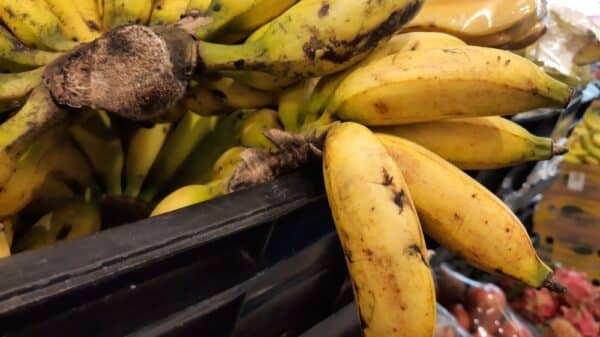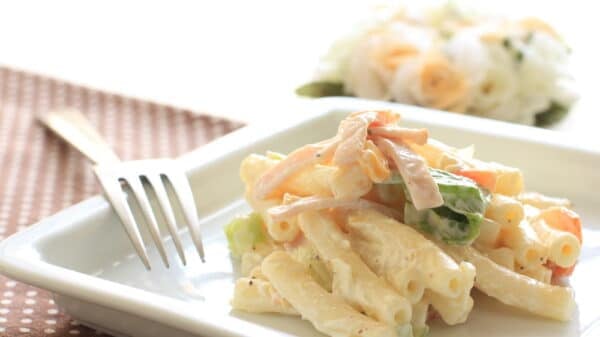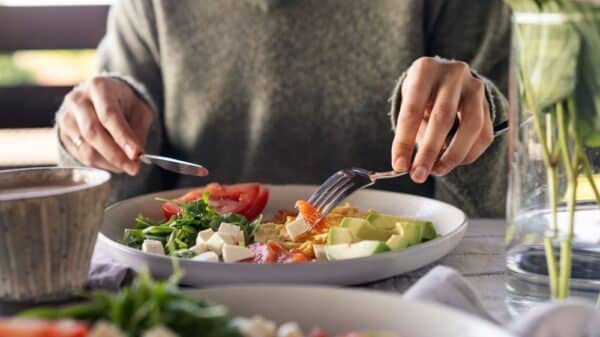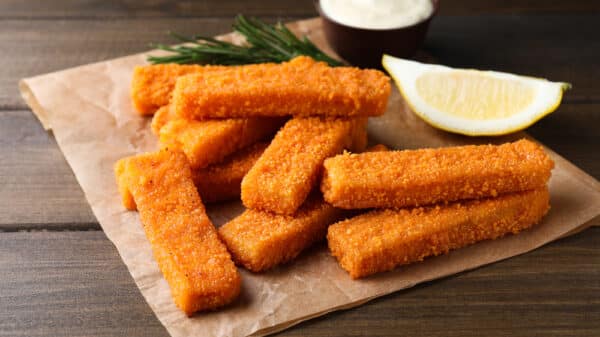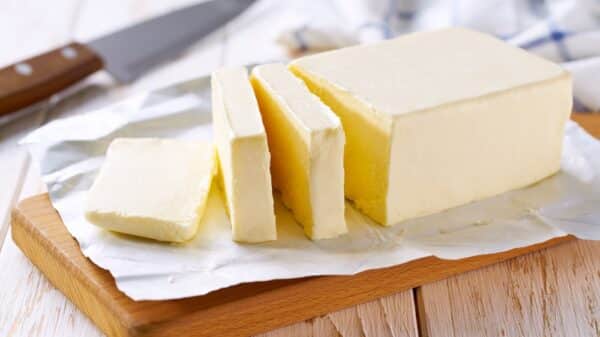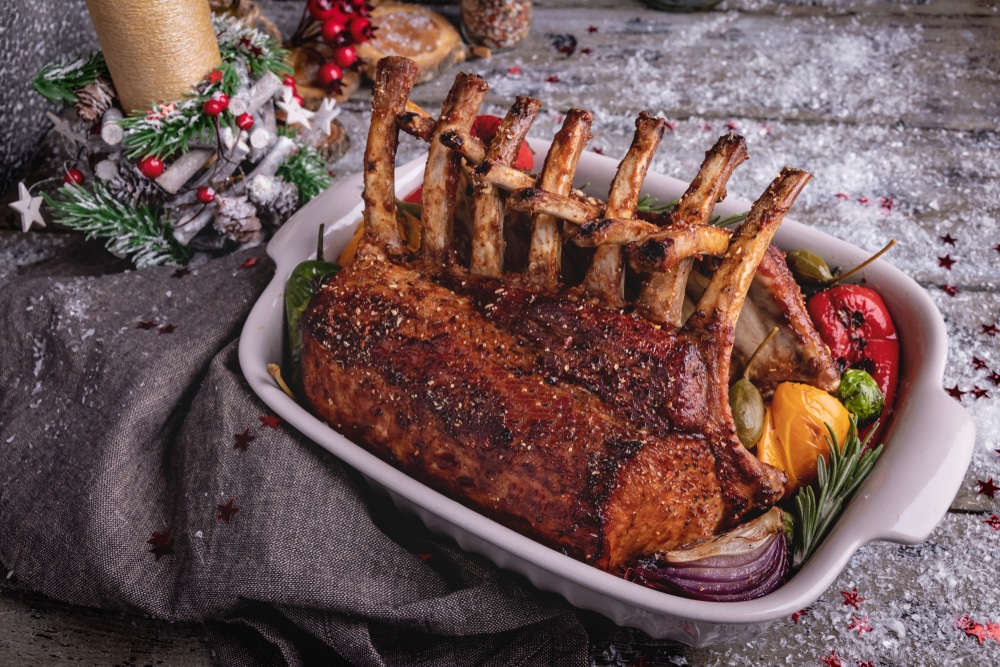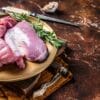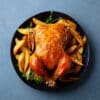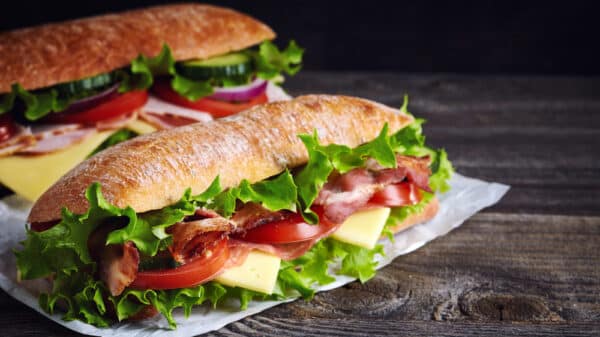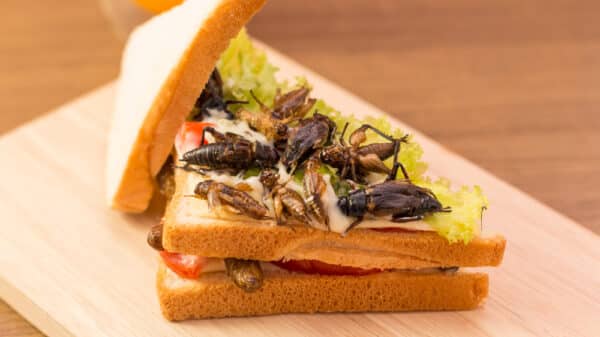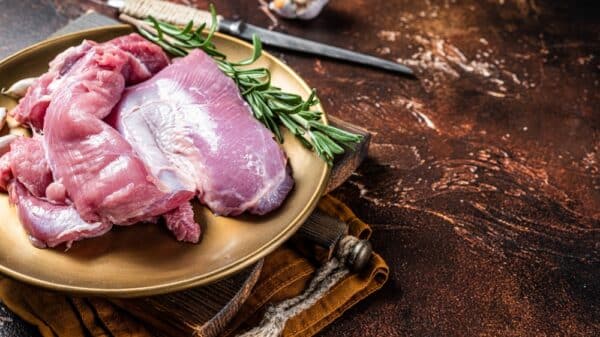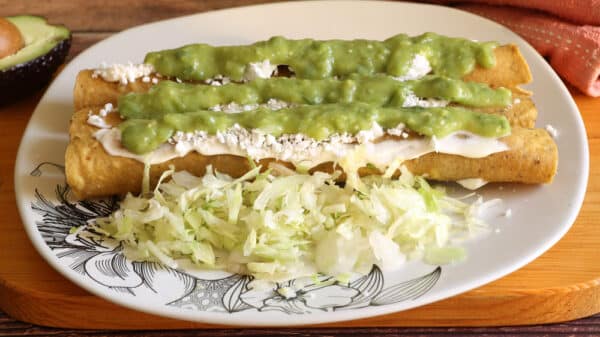Navigating the world of beef cuts can initially feel overwhelming, especially when you’re faced with the many choices at the meat counter. But understanding these various cuts isn’t just for chefs or dedicated foodies; it’s for anyone who values quality in their cooking. After all, butchering is a skilled craft that transforms a large animal — an average steer weighs about 1,200 pounds and yields around 750 pounds of meat — into the specific cuts we know and love. Grasping this classification can make your shopping and cooking experience that much better.
When you step into the butcher shop and see the terms ‘prime rib’ and ‘rib roast,’ you might find yourself scratching your head. Are they the same thing, or do they have different meanings? This is where things get a little nuanced. The terms are often tossed around as if they were interchangeable—after all, prime rib is frequently marketed as ‘standing rib roast.’ But in the eyes of a proper butcher or a culinary expert, understanding the distinction could transform a simple meal into something truly special.
To clear the air: “prime rib” refers specifically to a cut that includes the bone and is typically roasted whole, while “rib roast” may imply a general cut that can sometimes come boneless and is often sliced into ribeye steaks. What remains paramount is that the next time you’re perusing beef cuts, don’t hesitate to approach the butcher. They’re there to help you find the exact piece of meat that matches your recipes or cooking style, and they can guide you effortlessly through the meat maze.
Let’s dive a bit deeper into what each cut actually is.
Prime rib, as its name suggests, has a complicated relationship with the USDA beef grading system. While “Prime” in “prime rib” signals its location on the cow – specifically the ribs located between the sixth and twelfth rib – it’s often confused with the USDA’s Prime grade, which pertains to overall quality, particularly fat marbling. Beef that has the USDA Prime designation is considered top-tier in terms of marbling and tenderness, and is usually reserved for fine dining experiences rather than your local grocery store.
So when you’re shopping for prime rib, you’re looking for a cut that promises tender, juicy meat, potentially with a USDA grade attached. Imagine carving into a beautifully cooked roast, the pink center revealing how wonderfully tender the meat is. It’s a show-stopping centerpiece that often pairs beautifully with sides of horseradish or au jus. If you’re eager to take on this culinary challenge, give Bobby Flay’s prime rib recipe a try; it’s sure to impress.
Now, what about rib roast? It’s true that many people use the terms ‘rib roast’ and ‘prime rib’ interchangeably, but if you dig deeper, you’ll note some important differences. Rib roast can refer to the same general cut, but it’s often not sold with bones attached. This means rib roast can come in a boneless variety, which may be more convenient for certain cooking methods or dishes.
Additionally, rib roast is the root from which those immensely popular ribeye steaks come. If you’ve ever grilled a ribeye, you know it’s among the most flavorful cuts of beef out there. The cooking techniques differ notably: for a prime rib, slow-roasting allows the flavors to develop fully, while ribeye steaks, with their inherent marbling, thrive when seared at a high temperature. The intense heat melts the fat, forming that delicious crust that makes every bite so mouthwatering.
So the next time you find yourself at the butcher, making decisions about which cut to choose, you’ll feel a little more informed and empowered. Whether you opt for a prime rib or a rib roast, remember that both cuts have their own unique charm, and your choice will ultimately hinge on how you plan to slice, sear, or serve. Each cut tells a story of the animal it came from and the culinary journey that awaits you—embrace it with confidence!

